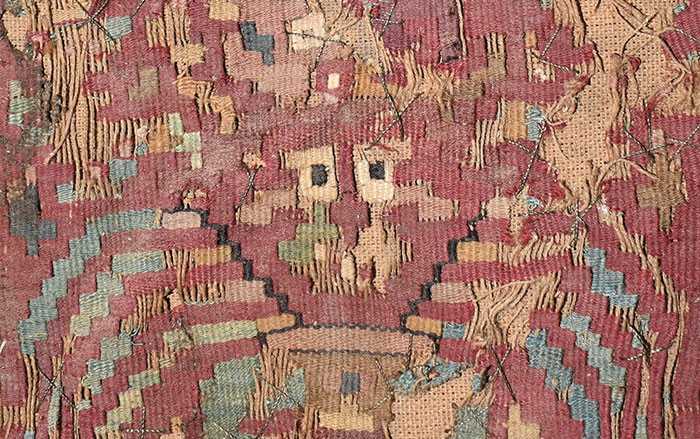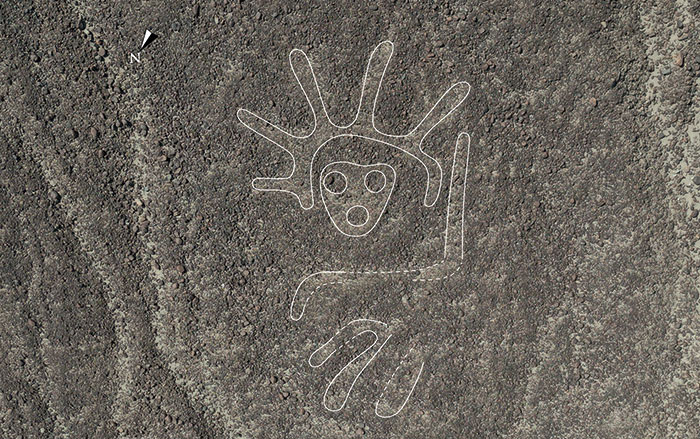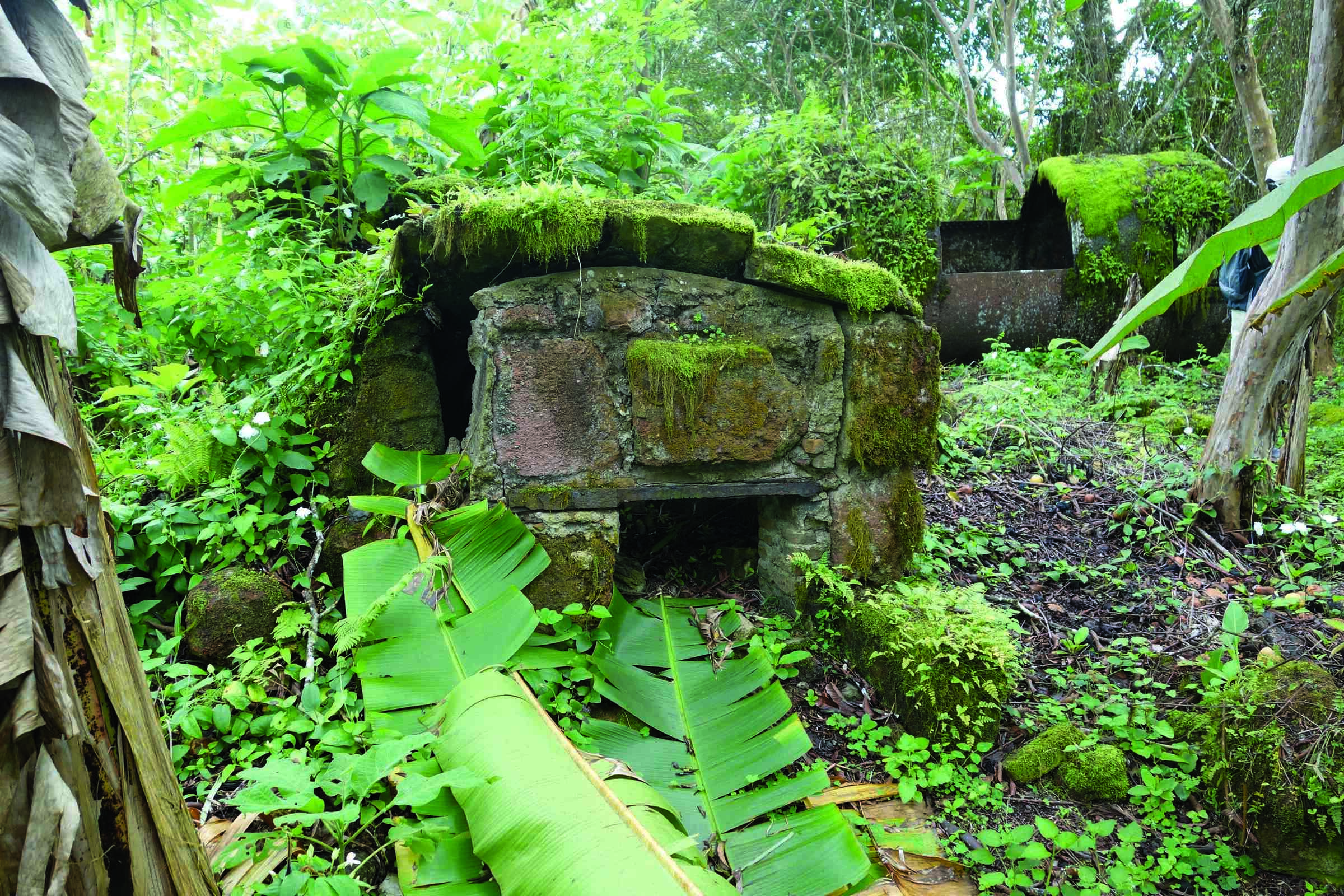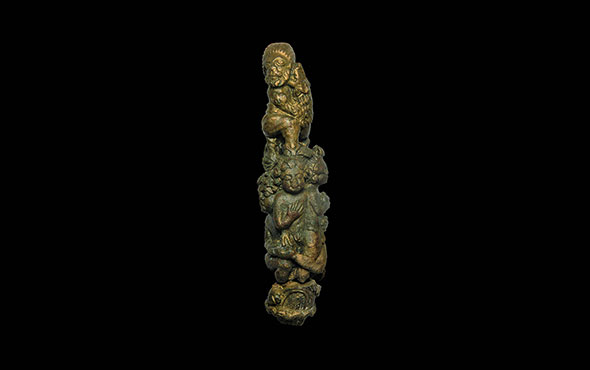NORWICH, ENGLAND—Live Science reports that a team of researchers led by Jacob Bongers of the University of East Anglia has found 192 examples of human spinal bones threaded on reed posts in stone tombs in Peru’s Chincha Valley. Radiocarbon dating indicates the bones and posts date to between A.D. 1450 and 1650. At this time, Bongers explained, European colonists frequently looted the tombs of the Chincha people, whose population numbered as many as 30,000 between A.D. 1000 and 1400. Those who survived colonization may have threaded bones on reeds in an effort to reconstruct desecrated burials. Analysis of the individual posts, he added, showed that most of them had been threaded with the vertebrae of a single person, although the spines were incomplete and the bones were threaded out of order. Bongers said this shows that the bones were threaded after the bodies had decomposed, and some of the bones may have been lost to looting. “The fact that there’s 192 of these and that they’re widespread—we find these throughout the Chincha Valley—it means on one level that multiple groups of people coordinated and responded in a shared way, that this interesting practice was deemed the appropriate way of dealing with disturbed bodies of the dead,” he explained. To read about another discovery from Peru, go to "The Spider's on the Wall."
Study Investigates Peruvian "Threaded Backbones"
News February 3, 2022
Recommended Articles
Off the Grid July/August 2025
Vichama, Peru

Digs & Discoveries July/August 2025
Under the Skin

Features May/June 2025
Peru’s Timeless Threads
More than 1,000 years ago, master weavers kept the ancient traditions of the Moche culture alive

Digs & Discoveries January/February 2025
Nazca Ghost Glyphs

-
Features January/February 2022
At Face Value
Researchers are using new scientific methods to investigate how artists in Roman Egypt customized portraits for the dead
 (© The Trustees of the British Museum)
(© The Trustees of the British Museum) -
Letter from the Galapagos Islands January/February 2022
Transforming the Enchanted Isles
Archaeologists uncover the remote archipelago’s forgotten human history
 (Courtesy Historical Ecology of the Galapagos Islands Project)
(Courtesy Historical Ecology of the Galapagos Islands Project) -
Artifacts January/February 2022
Roman Key Handle
 (University of Leicester Archaeological Services)
(University of Leicester Archaeological Services) -
Digs & Discoveries January/February 2022
The Roots of Violence
 (Courtesy of the Wendorf Archives of the British Museum)
(Courtesy of the Wendorf Archives of the British Museum)


